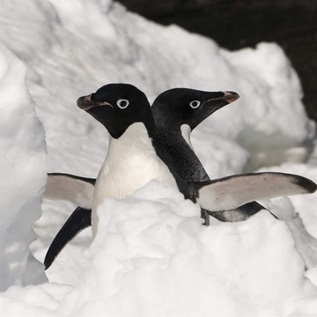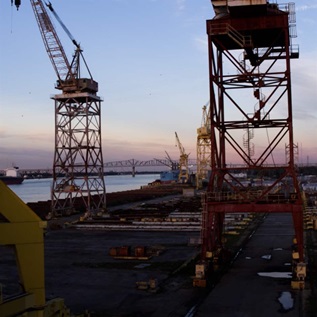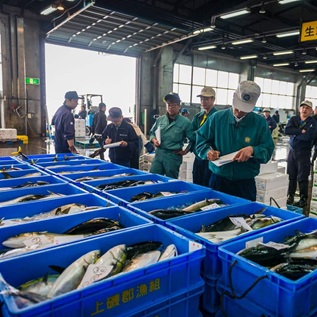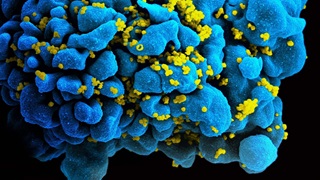Last Summer...
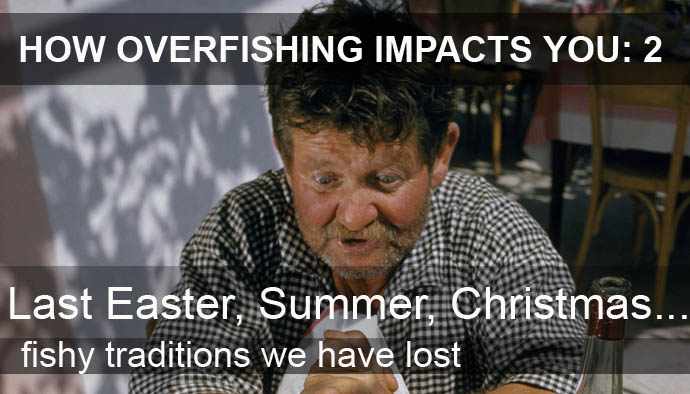
This briefing published by OCEAN2012 exposes how overfishing impacts on people’s eating habits across Europe. It is part of a series of briefings illustrating the impacts of overfishing on people or marine ecosystems caused by the excess removal of millions of tonnes of marine life every year.
Did you realise?
From east to west, north to south Europeans have enjoyed traditional seafood dishes that are disappearing from our plates. The scarcity of once common fish featuring in many popular and seasonal recipes is pushing up prices beyond people’s reach across Europe. If we change the fate of EU-managed fish stocks, we might just save our traditional meal.
Fish – the staff of life?
The Atlantic Sturgeon is classified as critically endangered. It was once abundant in European waters, including the Baltic Sea, but due to overfishing the species has almost disappeared. Christmas in Poland used to be celebrated with ‘Jesiotr Pieczony’ (sturgeon baked in sour cream).
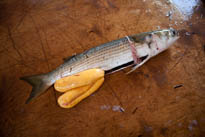
Taramosaláta, for centuries traditional Lenten fare for middle and working class Greeks and known across Europe for its distinctive pink colour and fishy flavour, is increasingly made with carp roe and red food colouring instead of more expensive and harder to get cod roe, which itself was a substitute for the roe of the golden gray mullet. Salt cod or ‘bacaliaros’, traditionally eaten in Greece on the Feast of Annunciation and Palm Sunday, used to be relatively inexpensive and has become a luxury.
The scarcity of once common fish ingredients in many popular and seasonal recipes is pushing up prices beyond people’s reach across Europe. Wild salmon has also become rare in European waters. In Germany, alluding to its abundance, salmon was called ‘bread fish’. It is said that maids sought contractual confirmation that they would not have to eat salmon more than twice a week. Today salmon is extensively reared in fish farms at sea, and wild salmon is a luxury beyond most people’s grasp.
A favourite that may disappear from Italy’s Ligurian region is the so-called Noli anchovy or ‘cicciarelli’ which is fried like whitebait then preserved in olive oil and vinegar. Caught by small-scale fishers using the traditional ‘sciabica’ fishing method where two boats work together to encircle the fish with a horseshoe shaped net, ‘cicciarelli’ are the focus of an ongoing dispute about sustainability between Brussels officials, Italian fishers and regional representatives. Despite being championed by the Slow Food movement as an example of traditional, regional produce supporting a time-honoured way of life, lunches made with the Noli anchovy may be lost if the species is not fished sustainably. But perhaps the species that is disappearing fastest from our lunches across Europe, from the Black Sea to the northerly reaches of the Atlantic, is the European eel. Generations of Europeans have enjoyed dishes like Hamburg’s ‘Aalsuppe’, London’s ‘jellied eels’, Flanders’ ‘paling in t’groen’, or Venice’s sweet ‘anguilla all’uvetta’. From Lithuania, where half metre long eels were used tomake a popular appetizer, to the Portuguese coast where pencil-long eels were abundant finger-food, the eel is about to slip off our lunch plates altogether.
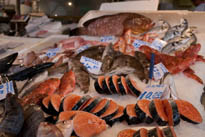
In 2011, mainly due to poor data, the state of 64 percent of fish stocks in EU waters was unknown. Of those known, 63 percent of stocks were overfished, compared with a global average of 28 percent. In the Mediterranean, a staggering 82 percent of known stocks were overfished North Sea catch limits for 2011 decided by EU Fisheries Ministers were on average 11 percent higher than scientific advice, while limits for the Irish and Celtic Seas and west of Scotland were 42 percent higher. Despite subsidised reductions, the EU fishing fleet still has the capacity to fish two to three times the sustainable level. Between 2007 and 2013, the EU’s European Fisheries Fund will have subsidised fishing and related industries with €4.3 billion. Fuel for fishing vessels is exempt from energy taxes, and State aid and EU-funded fisheries partnership agreements with non- EU countries also serve to subsidise fishing fleets and the fishing industry across the European Union.
Why is this happening?
The majority of European fish stocks are overfished. Historically, EU fisheries ministers have set fishing limits exceeding scientific advice. In the case of the European eel, scientists continue to warn that stocks are on the brink of collapse and all fishing should be stopped. An eleventh hour attempt to broker a fishing ban on glass eels that would help Europe-wide eel stocks recover was attempted by the EU in late 2010, but was thwarted by France’s refusal to agree. So fishing for glass eels continues to this day in the Bay of Biscay with catches being exported to the lucrative Chinese market.
This has been repeated across Europe for other overfished stocks of traditional favourites like cod, certain sharks and rays, flatfish like sole and plaice and even the seemingly abundant octopus on which Spain spent €189m in 2007 to import supplies to cover the shortfall of supplies from its own waters.
What can you do about it?
How do we end overfishing? Politicians have responsibility for making the decisions that will end overfishing; citizens have the responsibility of choosing what they eat, and by encouraging and supporting their politicians to make those decisions. You can help end overfishing by speaking up and taking action to achieve a far-reaching ecological vision of healthy oceans and sustainable fisheries.
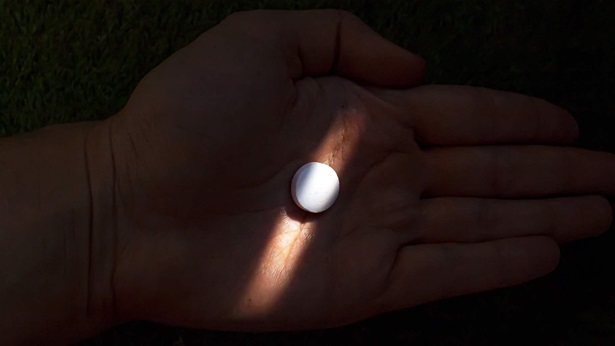
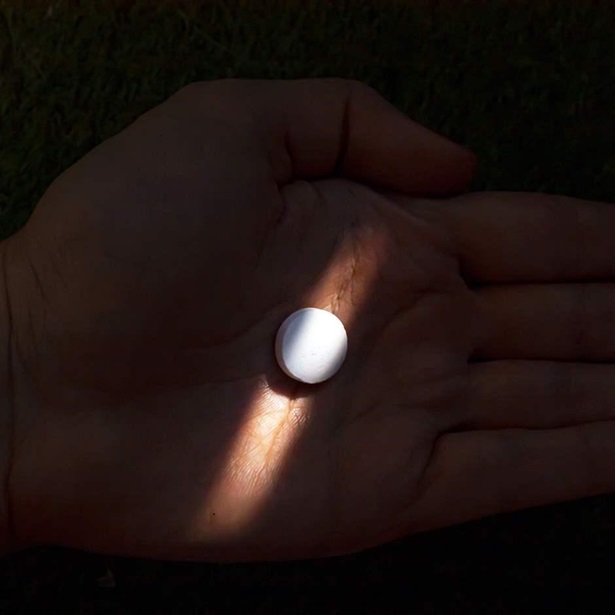
America’s Overdose Crisis
Sign up for our five-email course explaining the overdose crisis in America, the state of treatment access, and ways to improve care
Sign up